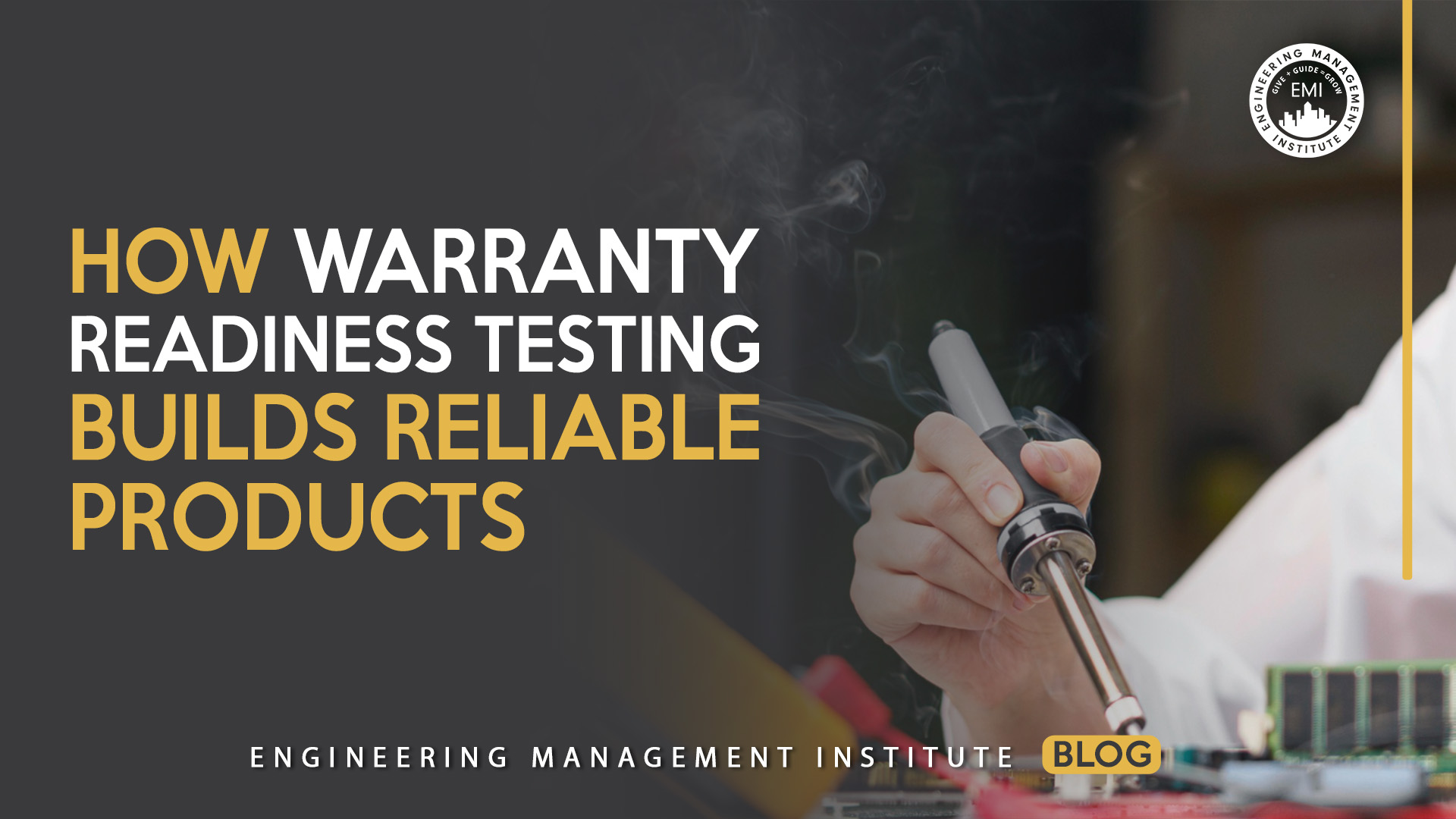
I’ll never forget the smell of burnt PCB on a Friday afternoon. We were two weeks away from shipping our first major production run of a new industrial sensor -the mood was electric. Then, a
I’ll never forget the smell of burnt PCB on a Friday afternoon. We were two weeks away from shipping our first major production run of a new industrial sensor -the mood was electric. Then, a
Project debriefs are helpful to improve your firm’s management processes, cost estimating or client communications. Mostly, these debriefs are internally focused. “How did we do? Could we reduce costs here or schedule things better there?
A Quick Note Before We Start I coach engineering managers every day. Before that, I was an engineer, and then I spent 10 years recruiting engineers. I’ve sat in hundreds of 1:1s, debriefs, and hiring
In the architecture, engineering, and construction (AEC) industry, technical expertise has long been considered the cornerstone of success. But as projects grow more complex, teams become more diverse, and client expectations rise, one thing is
I was in a meeting that was about to go supercritical; The VP of Product was red-faced, jabbing a finger at a graph on the screen, “The data pipeline is a liability! Your team’s latency
Engineering is evolving faster than ever; emerging technologies like artificial intelligence (AI), digital twins, and automation are changing how teams design and deliver projects. Meanwhile, sustainability requirements, new regulations, and global collaboration are pushing engineering
How known do you feel by those you work with? How well do you truly know them? The answers to these questions are likely indicative of your level of connection and engagement at work, as
As artificial intelligence reshapes industries, the infrastructure behind it—especially sustainable AI data centers—is under the spotlight. These facilities are the engines of AI innovation, but they’re also massive consumers of energy and resources. The challenge
AI is everywhere in AEC discourse, but most advice is generic: read a whitepaper, attend a webinar, or buy a tool. That won’t move the needle. Real change comes from trying things on your own
In today’s fast-paced engineering world, professional growth doesn’t just happen; you must actively pursue it. At the Engineering Management Institute, we empower engineers through content that helps them give, guide, and ultimately grow as leaders
I remember the first time I was introduced to circular scheduling. It felt like the engineering world had a magic wand to wave at resource management. After all, who wouldn’t want to stretch the lifespan
The engineering profession is changing faster than at any time in recent history. AI for engineering design and analysis is now deeply embedded in design, simulation, analysis, and project planning. But AI-powered engineering workflows are
Let’s be honest, civil engineering has never been short on complexity. Every project we tackle comes with moving parts: tight budgets, regulatory hurdles, environmental factors, and community expectations. For decades, we relied on experience, intuition,
Everyone learns differently, which can make creating a leadership development program for your organization very challenging. However, research over the years has suggested one overarching similarity when it comes to learning, learning by doing, is
Most engineers don’t make career moves on a whim. They map out paths, consider trade-offs, and search for data. But when it comes to executing an engineering career pivot strategy, especially toward something less defined,
”You can’t be hesitant about your decisions. You have to be able to stand on your own two feet.” – Ursula Burns In today’s fast-paced engineering landscape, the ability to make informed decisions quickly is